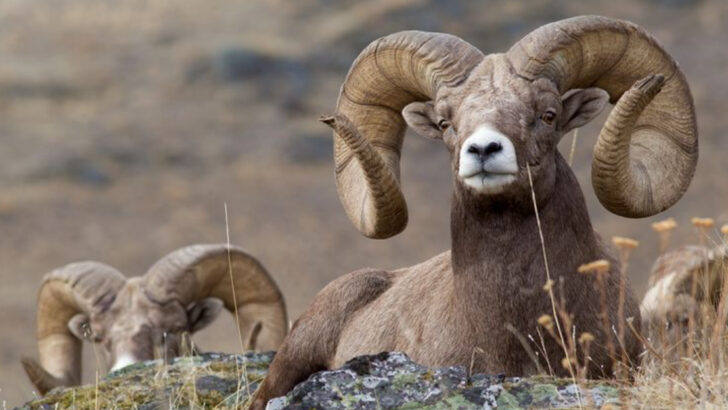U.S. national parks are more than just stunning landscapes—they’re living, breathing sanctuaries for some of the most fascinating wildlife on the planet. Within these protected spaces, animals roam freely, from the mighty grizzly bear to the elusive mountain lion, each species adding to the park’s magic.
With vast forests, towering mountains, and winding rivers, these parks offer the perfect habitat for wildlife to thrive. Every corner hides a new creature, each more captivating than the last. Whether soaring through the skies or prowling through dense underbrush, the animals here are as diverse as the landscapes themselves.
Join us as we explore 26 breathtaking species that make U.S. national parks their home. These animals are proof that nature, when given the chance, can flourish in the wildest and most protected corners of the Earth. Ready to discover the wonders that lie within? Let’s dive in!
American Bison
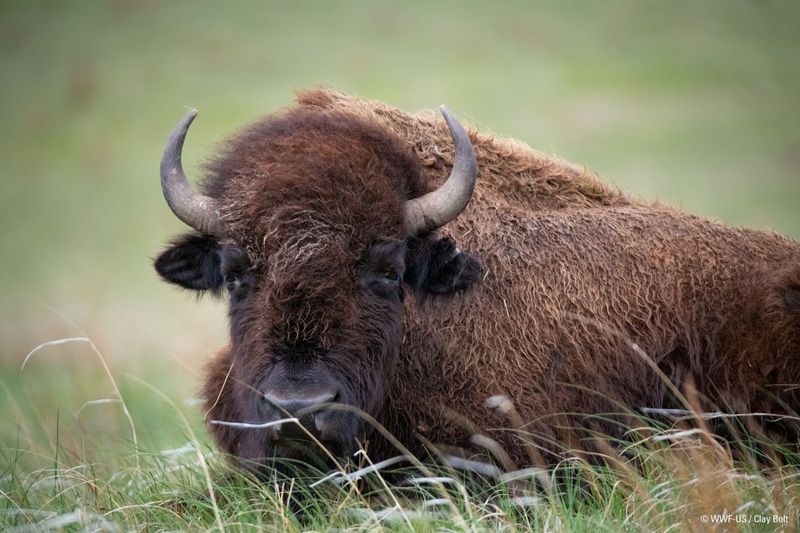
The American Bison, often referred to as the buffalo, embodies the spirit of the American West. These massive herbivores graze the plains of Yellowstone National Park, where they have roamed for centuries.
Their presence is a spectacle, illustrating the grandeur of the park’s ecosystem. With a distinctive hump and thick fur, bison are well-adapted to the harsh winters and hot summers of Yellowstone.
Observing a herd move across the landscape is a quintessential experience for park visitors. Conservation efforts have helped bison populations rebound, making them a symbol of wildlife preservation.
California Condor
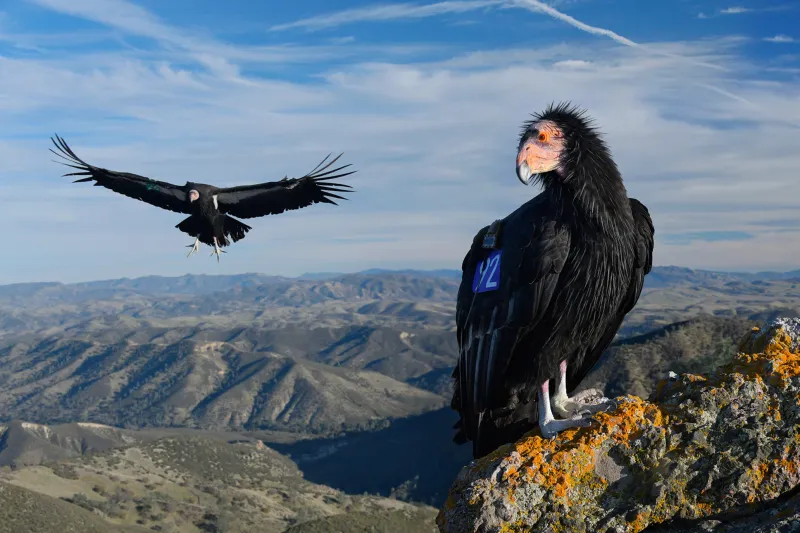
The California Condor, a marvel of avian adaptation, soars majestically above the Grand Canyon. This species, once on the brink of extinction, has made a remarkable comeback due to intensive conservation efforts.
With a wingspan stretching over nine feet, these scavengers play a vital role in the ecosystem by cleaning up carrion. Seeing one glide effortlessly in the sky is a memorable experience, offering hope for endangered species worldwide.
Visiting their habitat provides insights into the success of conservation programs and the importance of protecting vulnerable wildlife.
Grizzly Bear
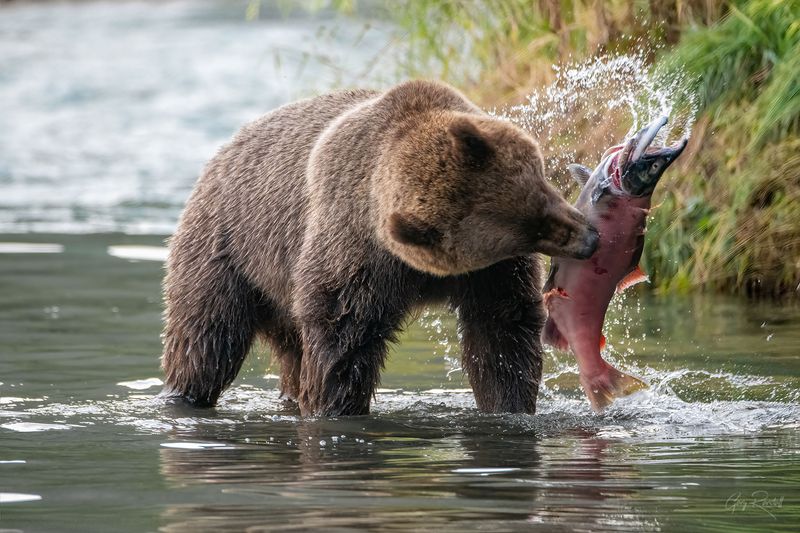
Grizzly Bears, powerful symbols of the wilderness, roam freely in Denali National Park. These magnificent creatures are known for their strength and adaptability, thriving in the park’s diverse habitats.
In summer, they can be seen foraging for berries and fishing in rivers, showcasing their resourcefulness. The opportunity to observe grizzlies in their natural environment is a highlight for visitors, emphasizing the need for respectful wildlife observation.
Denali offers a glimpse into the lives of these iconic bears, reinforcing their role in the park’s ecological balance.
Elk
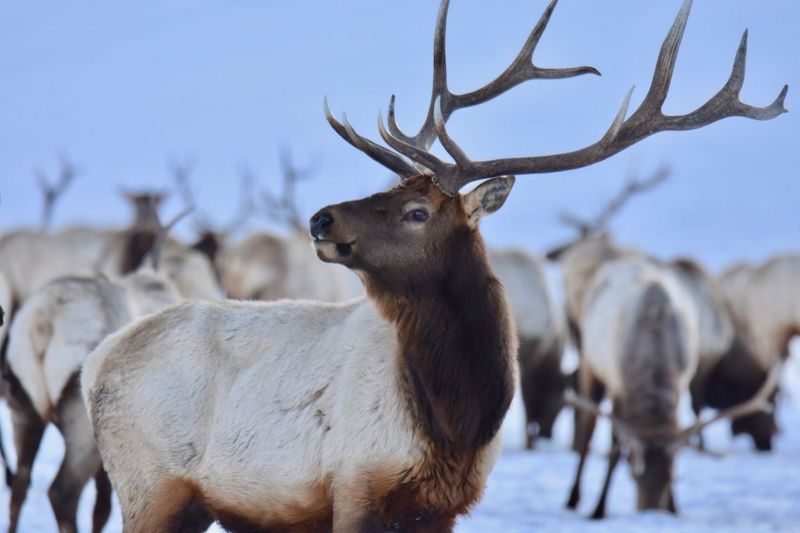
Elk, with their impressive antlers and regal presence, are a common sight in Rocky Mountain National Park. These majestic animals are often seen grazing in meadows or traversing the park’s rugged terrain.
Their presence adds to the park’s allure, attracting wildlife enthusiasts and photographers alike. In the fall, the bugling calls of elk echo through the valleys during mating season, creating a unique auditory experience.
Observing elk in the wild provides a deeper appreciation for the park’s biodiversity and the intricate web of life it supports.
Bald Eagle
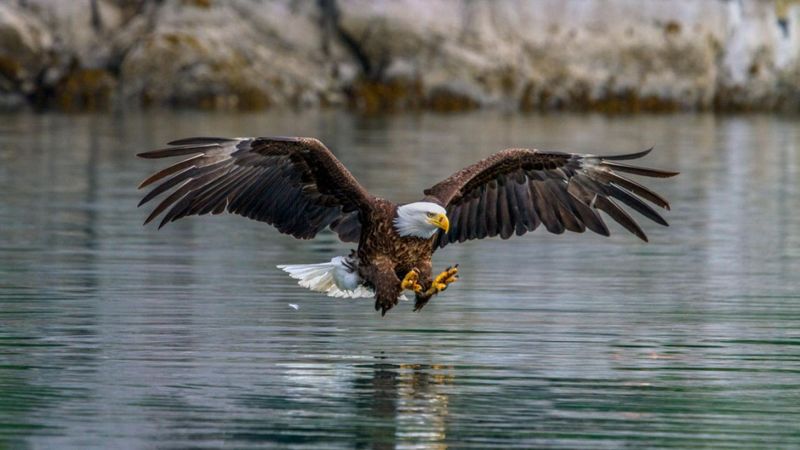
The Bald Eagle, an emblem of the United States, graces the skies of Olympic National Park with its majestic presence. Renowned for its keen eyesight and impressive wingspan, this bird symbolizes freedom and strength.
Perched high in the trees or soaring above the park’s waterways, the Bald Eagle hunts for fish, showcasing its prowess as a top predator.
Observing one in the wild is a thrilling reminder of nature’s grandeur and the importance of conservation efforts that have led to the species’ recovery. Olympic National Park offers an ideal setting to witness these iconic birds.
Gray Wolf
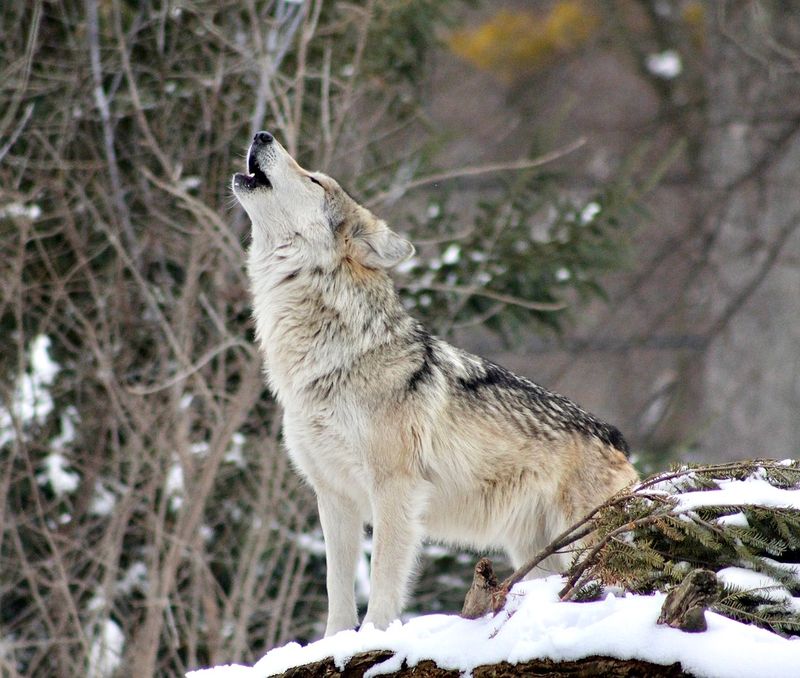
The Gray Wolf, an icon of wilderness, thrives in the expansive territories of Yellowstone National Park. These intelligent and social animals live and hunt in packs, showcasing an intricate social structure.
Their reintroduction to the park has been a conservation landmark, restoring ecological balance by controlling prey populations. Observing wolves in their natural habitat is a captivating experience, offering insights into their complex behaviors and the interconnectedness of the ecosystem.
Yellowstone’s wolves symbolize the success and challenges of wildlife management and the enduring allure of the wild.
Mountain Lion
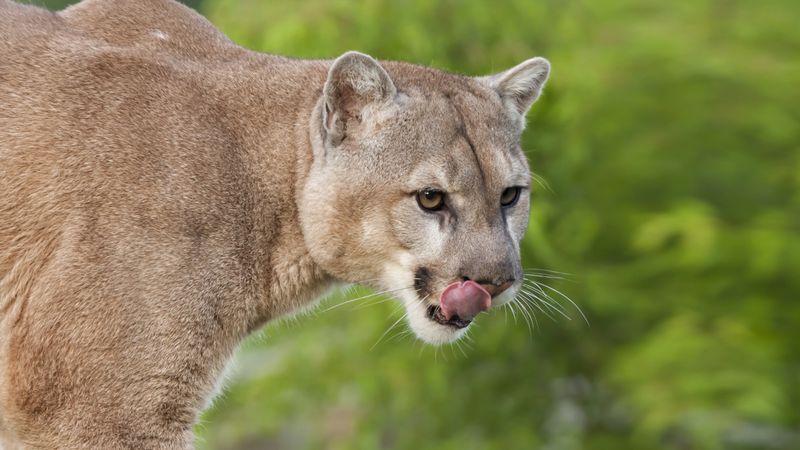
Mountain Lions, also known as cougars, are elusive and powerful predators inhabiting Zion National Park. Their presence is subtle but vital, as these solitary cats maintain the balance of prey species within the park.
Known for their agility and strength, mountain lions move silently through the rugged landscape, often unseen by human eyes. For those lucky enough to spot one, it’s a testament to the park’s rich biodiversity.
Zion’s secluded canyons and cliffs provide the perfect backdrop for these enigmatic creatures, highlighting the importance of preserving their natural habitat.
American Alligator
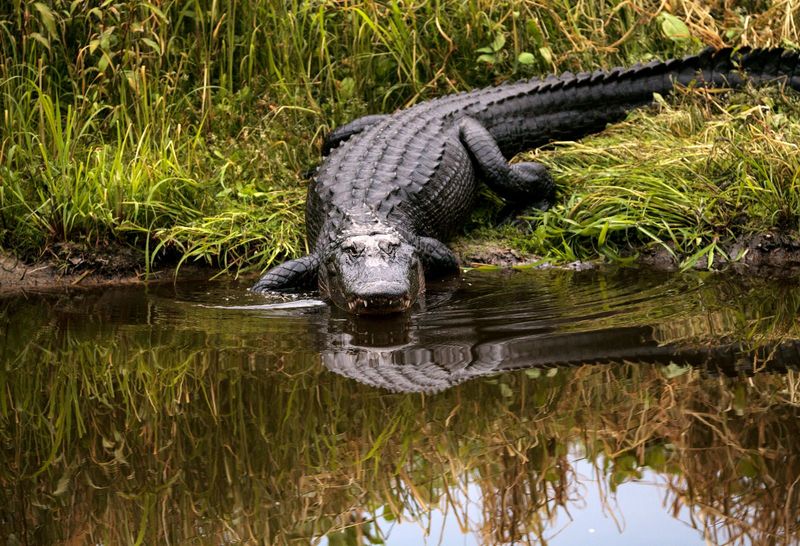
The American Alligator, a formidable reptile, thrives in the swampy waters of Everglades National Park. As apex predators, they play a crucial role in shaping the ecosystem’s dynamics.
Visitors often spot these ancient creatures basking in the sun or gliding silently through the water. Their presence is a reminder of the park’s unique biodiversity and the delicate balance of its wetland environment.
Efforts to protect alligators and their habitats have been pivotal in the conservation of this iconic species, ensuring they remain a vital part of the Everglades’ natural heritage.
Red Fox
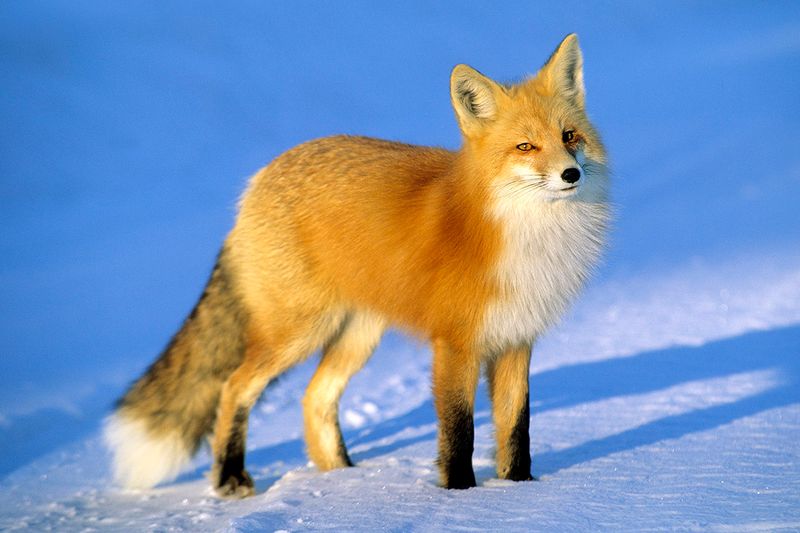
The Red Fox, with its striking orange coat, is a charming resident of Acadia National Park. This adaptable mammal thrives in the park’s diverse landscapes, from forests to fields.
Known for their cunning and intelligence, red foxes are often seen hunting or playing, captivating visitors with their graceful movements. Their ability to adapt to various environments makes them a symbol of resilience.
Exploring Acadia offers a chance to observe these delightful creatures in their natural habitat, fostering a connection with the park’s vibrant wildlife community.
Manatee
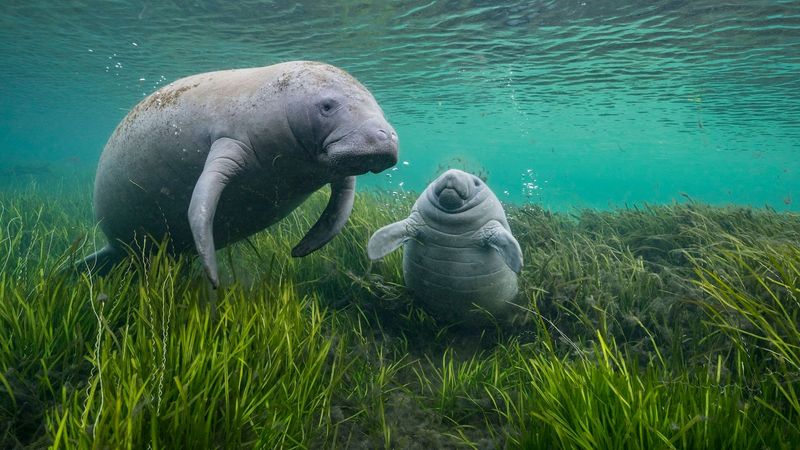
Manatees, often called sea cows, inhabit the warm waters of Biscayne National Park. These gentle giants are known for their slow, graceful movements and peaceful nature.
Swimming in the park’s serene waters, manatees graze on seagrass, contributing to the aquatic ecosystem’s health. Their presence is a testament to the park’s thriving marine life.
Visitors may catch a glimpse of these endearing creatures, experiencing the tranquility they bring to their surroundings. Conservation efforts continue to protect manatee habitats, ensuring their survival for future generations to witness.
Peregrine Falcon
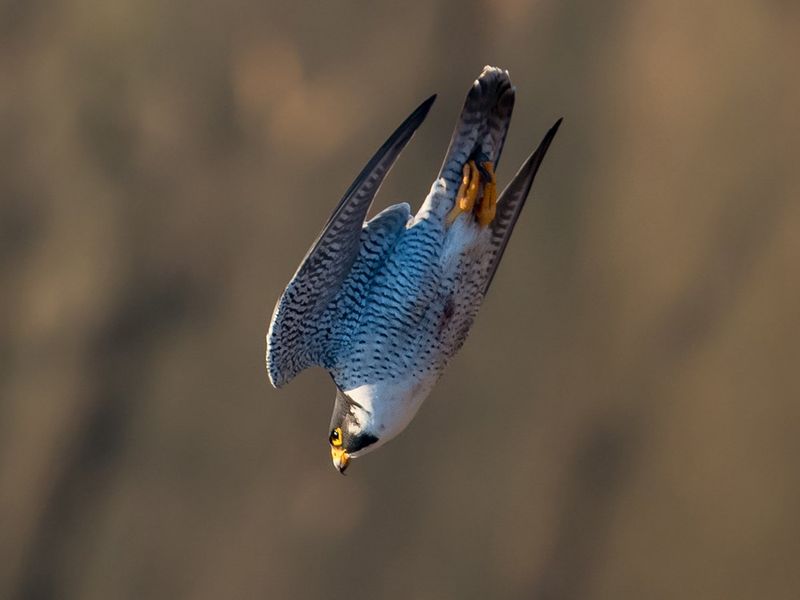
Peregrine Falcons, masters of speed, dominate the skies of Acadia National Park. Renowned for their incredible diving ability, these raptors can reach speeds over 200 mph in pursuit of prey.
Their presence in the park is a testament to successful conservation efforts, as peregrine populations have rebounded from near extinction. Observing a falcon in flight is a thrilling experience, showcasing their agility and precision.
Acadia’s rugged cliffs provide an ideal habitat for these magnificent birds, underscoring the importance of preserving such environments for future generations.
Moose
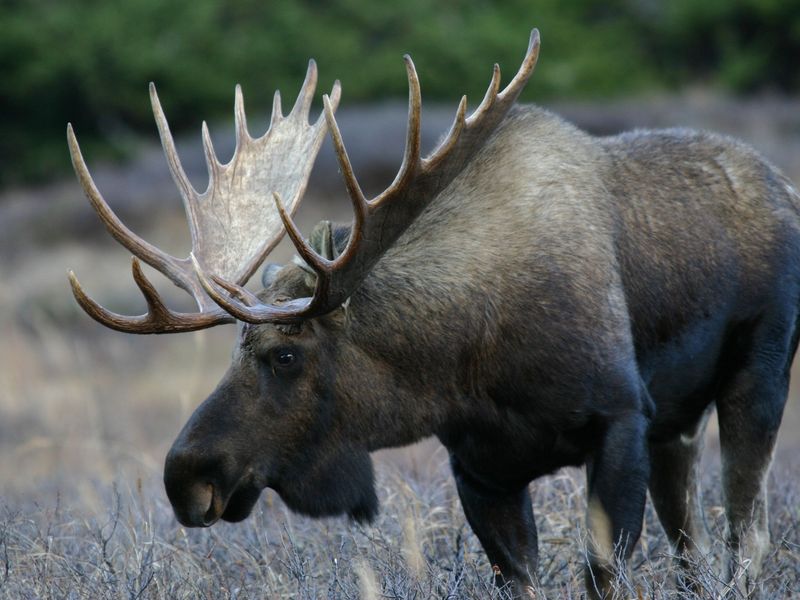
Moose, the largest members of the deer family, are iconic inhabitants of Glacier National Park. Known for their impressive size and striking antlers, they can often be seen grazing in marshy areas.
These solitary animals thrive in the park’s diverse habitats, from forests to meadows. Observing a moose in the wild is a breathtaking experience, offering insights into their adaptations and behaviors.
Glacier’s vast landscapes provide a haven for moose, highlighting the park’s role in conserving these magnificent creatures and the ecosystems they inhabit.
Bobcat
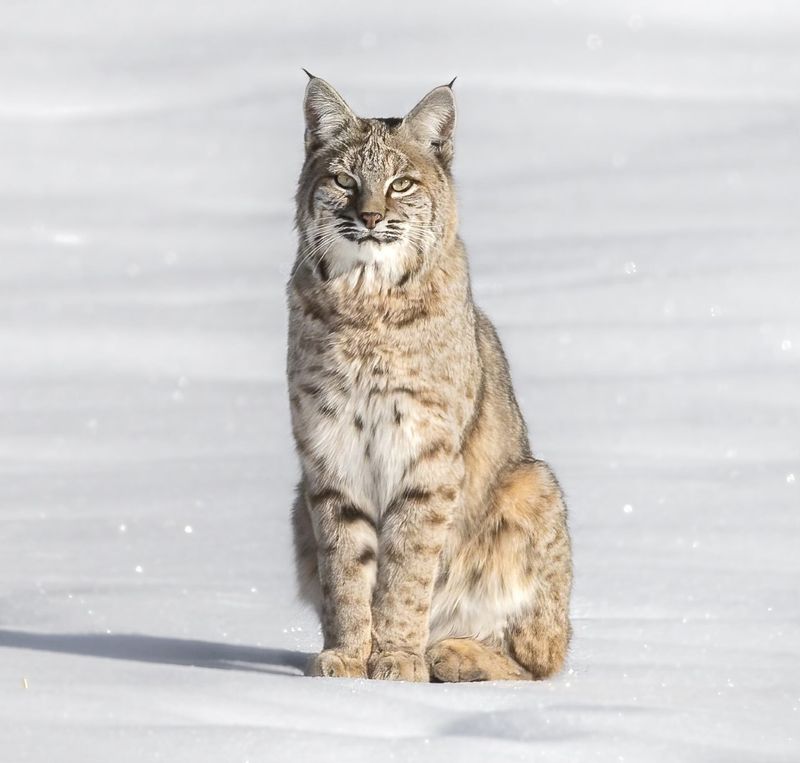
The Bobcat, a solitary and elusive feline, prowls the forests of Great Smoky Mountains National Park. With tufted ears and a short tail, these adaptable predators are experts at blending into their surroundings.
Bobcats play a crucial role in controlling small mammal populations, maintaining the park’s ecological balance. Although sightings are rare, discovering a bobcat track or hearing their call is an exciting reminder of the park’s rich wildlife diversity.
Great Smoky Mountains National Park provides a sanctuary for these stealthy cats, emphasizing the importance of preserving their natural habitat.
Sea Turtle
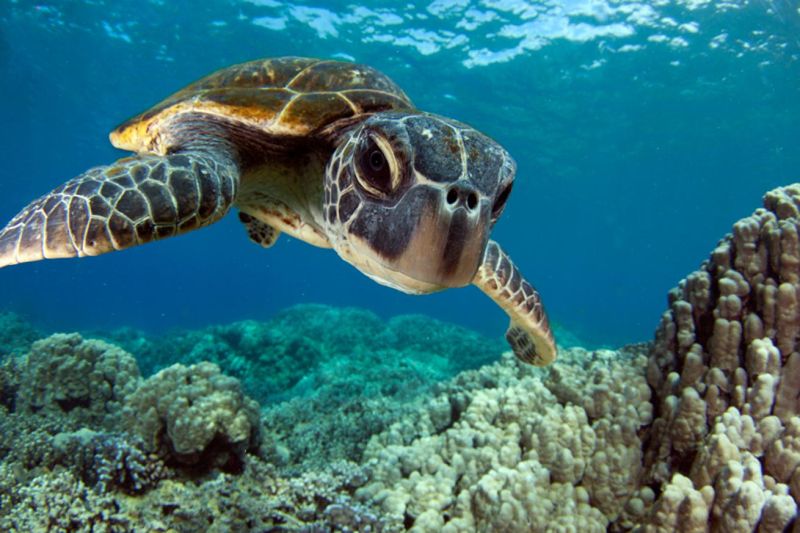
Sea Turtles, ancient mariners of the ocean, thrive in the waters surrounding Dry Tortugas National Park. These gentle reptiles are known for their long migrations and vital role in marine ecosystems.
Gliding effortlessly through the water, sea turtles contribute to the health of coral reefs and seagrass beds. Visitors to the park may witness these magnificent creatures, gaining a deeper appreciation for their ecological importance.
Conservation efforts are crucial to protect sea turtle nesting sites, ensuring their continued survival and the preservation of marine biodiversity in this pristine environment.
Pronghorn
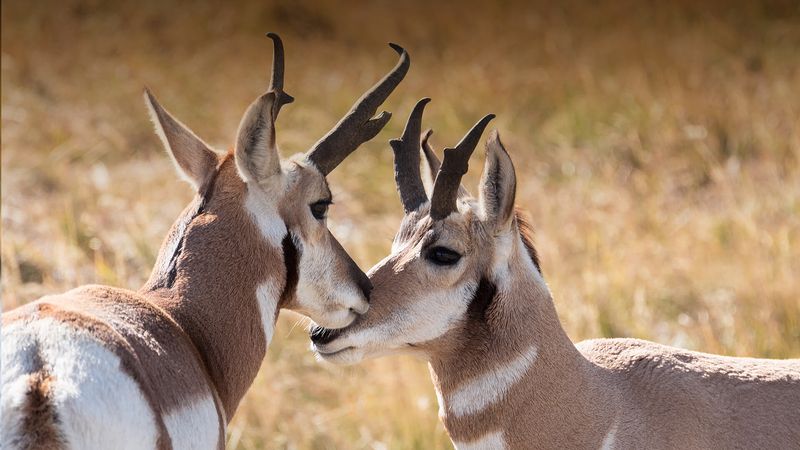
Pronghorns, the swift runners of the American plains, are a captivating sight in Grand Teton National Park. Known for their speed and endurance, they are often seen traversing the park’s open landscapes.
These distinctive animals, with their unique markings and graceful movements, are a symbol of the wild and untamed beauty of the region. Observing pronghorns in their natural habitat provides an opportunity to appreciate their adaptations and the park’s role in conserving this remarkable species.
Their presence enhances the rich tapestry of wildlife that defines Grand Teton National Park.
Black Bear
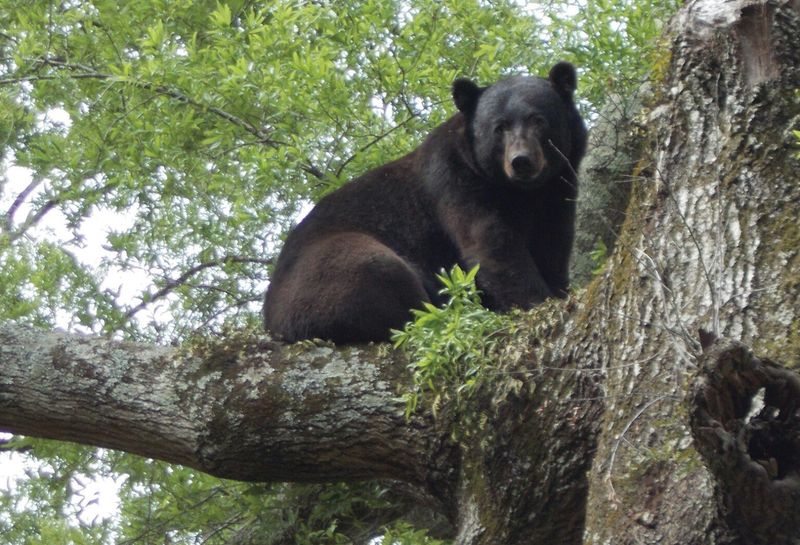
Black Bears, curious and adaptable, roam the forests of Shenandoah National Park. These intelligent creatures are often seen foraging for food, demonstrating their resourcefulness and survival skills.
Visitors may encounter black bears along trails or in the park’s wooded areas, providing a unique opportunity to observe their behaviors safely. Their presence highlights the need for responsible wildlife viewing and the importance of preserving natural habitats.
Shenandoah’s diverse ecosystems offer a sanctuary for black bears, reflecting the park’s commitment to protecting its wildlife and ensuring ecological balance.
Great Horned Owl
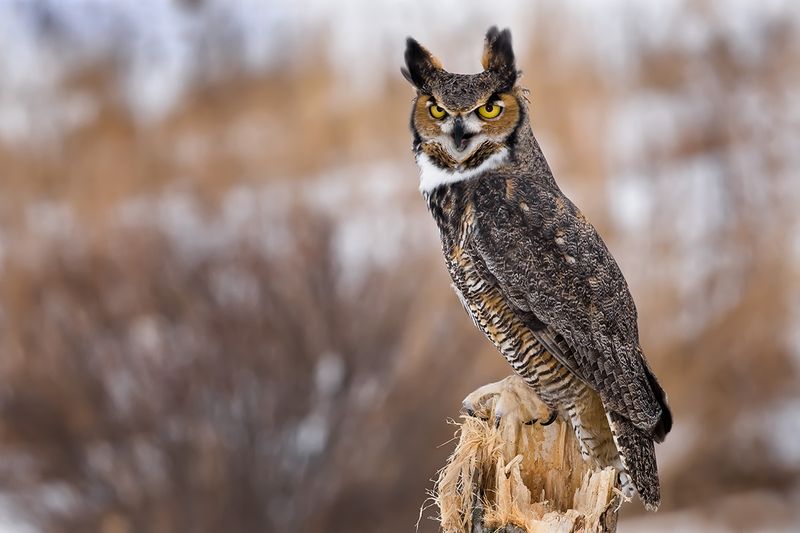
The Great Horned Owl, a formidable nocturnal predator, thrives in the forests of Great Smoky Mountains National Park. Recognizable by their tufted “horns” and piercing yellow eyes, these owls are masters of stealth and precision.
Their haunting calls echo through the night, creating an atmosphere of mystery and wonder. Observing a great horned owl in its natural habitat offers insights into their hunting prowess and the park’s rich avian diversity.
Conservation efforts aim to protect these remarkable birds and the ecosystems they inhabit, ensuring their presence for future generations.
Coyotes
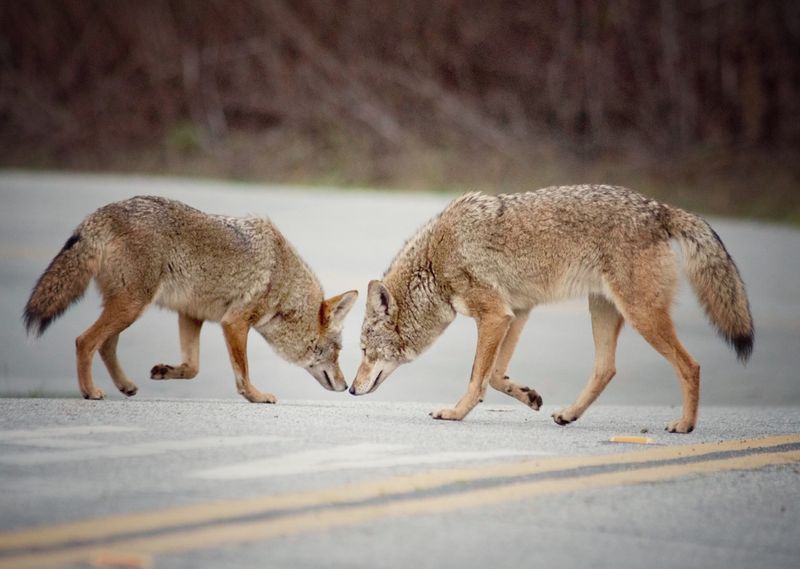
Coyotes, adaptable and cunning, are thriving inhabitants of Joshua Tree National Park. Known for their intelligence and resourcefulness, these canids navigate the park’s arid landscapes with ease.
Their howls and yips are a common sound, adding to the park’s wild ambiance. Observing coyotes offers a glimpse into their social behaviors and survival strategies. They play a vital role in maintaining the ecological balance by controlling rodent populations.
Joshua Tree provides a unique setting to appreciate these resilient creatures and the diverse wildlife that inhabits this desert environment.
Beaver
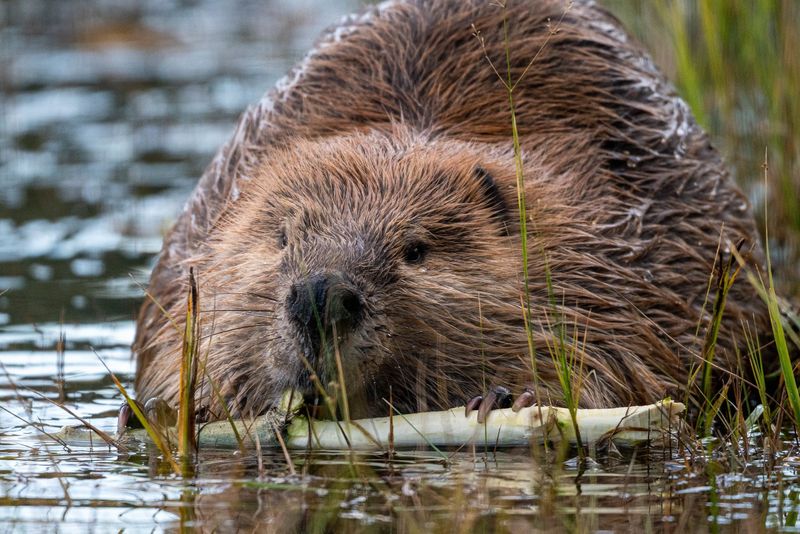
Beavers, industrious engineers of the animal kingdom, are a vital presence in Yellowstone National Park. Known for their dam-building skills, they create wetlands that support a wide range of species.
Their activities help regulate water flow and improve water quality, showcasing the beaver’s ecological significance. Visitors may spot the telltale signs of beaver activity, such as gnawed tree trunks and constructed lodges.
Observing these hard-working creatures offers a deeper understanding of the interconnectedness of ecosystems and the importance of conserving natural habitats for all species.
Raccoon
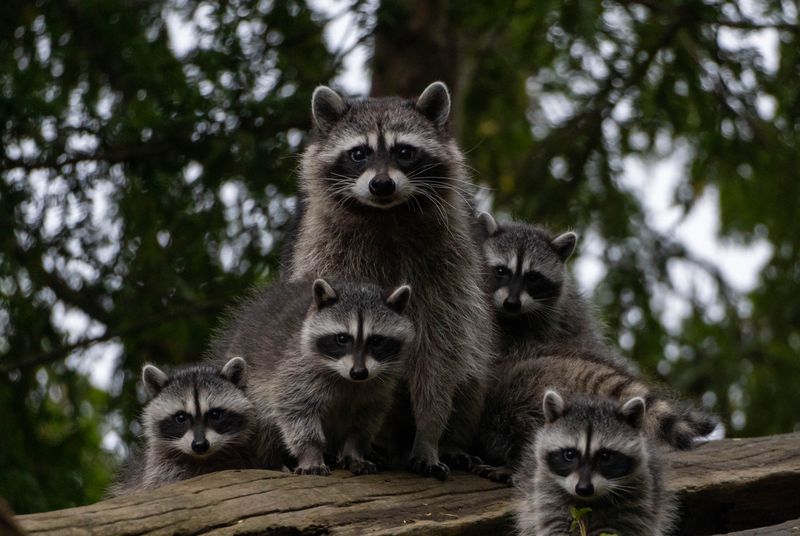
Raccoons, with their distinctive masked faces, are curious and resourceful inhabitants of Shenandoah National Park. These nocturnal mammals are known for their dexterous paws and problem-solving abilities.
Often seen exploring campsites or foraging for food, raccoons are a common yet fascinating part of the park’s wildlife. Their adaptability to various environments highlights their resilience and intelligence.
Observing raccoons offers an engaging look at the park’s diverse fauna and the challenges of coexisting with wildlife. Shenandoah’s protected areas provide a haven for these clever creatures and their ecological role.
Alligator Snapping Turtle
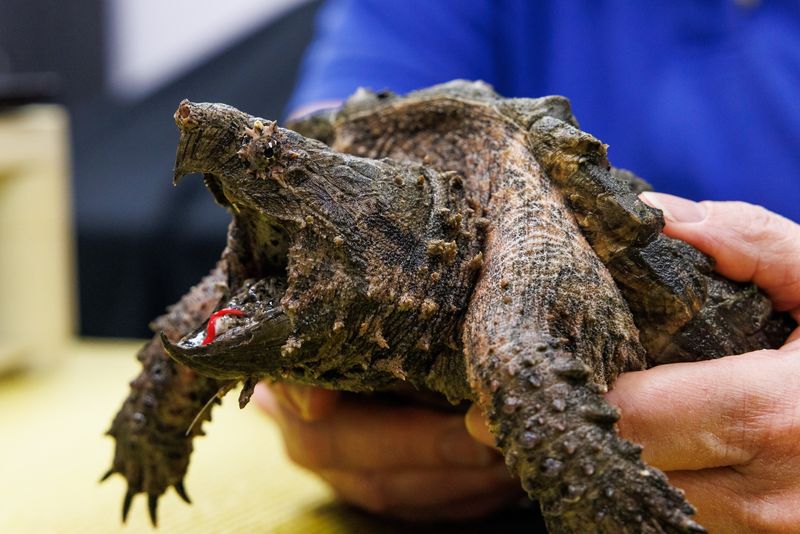
The Alligator Snapping Turtle, a prehistoric-looking reptile, resides in the waters of Everglades National Park. Known for their rugged appearance and powerful jaws, these turtles are among the largest freshwater species.
Their unique hunting strategy involves luring prey with a worm-like appendage on their tongue, showcasing their cunning nature. Spotting an alligator snapping turtle is a thrilling experience, offering insights into the park’s rich aquatic life.
Conservation efforts aim to protect these ancient creatures and the delicate ecosystems they inhabit, ensuring their survival in the wild.
Wild Turkey
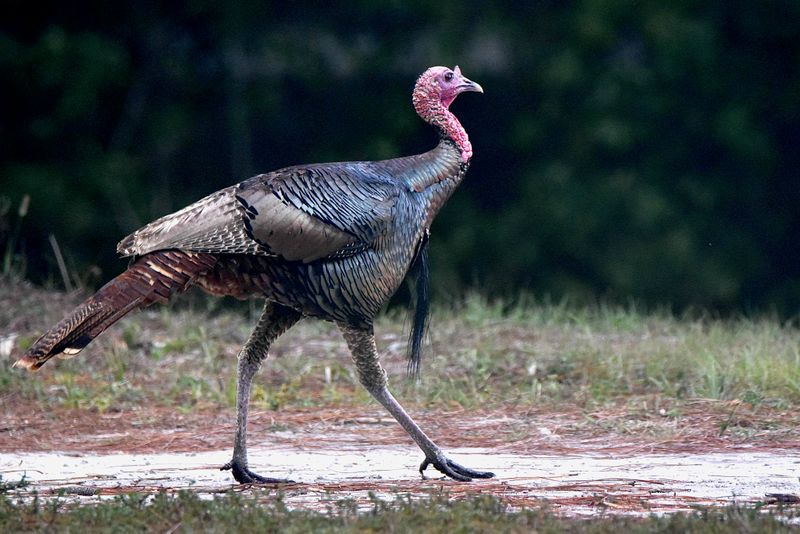
Wild Turkeys, with their iridescent plumage and distinctive gobbles, roam freely in Badlands National Park. These social birds are known for their complex vocalizations and impressive mating displays.
Often seen in flocks, wild turkeys contribute to the park’s grassland ecosystem by foraging for seeds and insects. Observing them offers a glimpse into their social structures and behaviors, adding to the park’s diverse wildlife experience.
Badlands provides ample opportunities to appreciate these entertaining birds and the role they play in the natural environment. Their presence underscores the park’s commitment to biodiversity preservation.
Golden Eagle
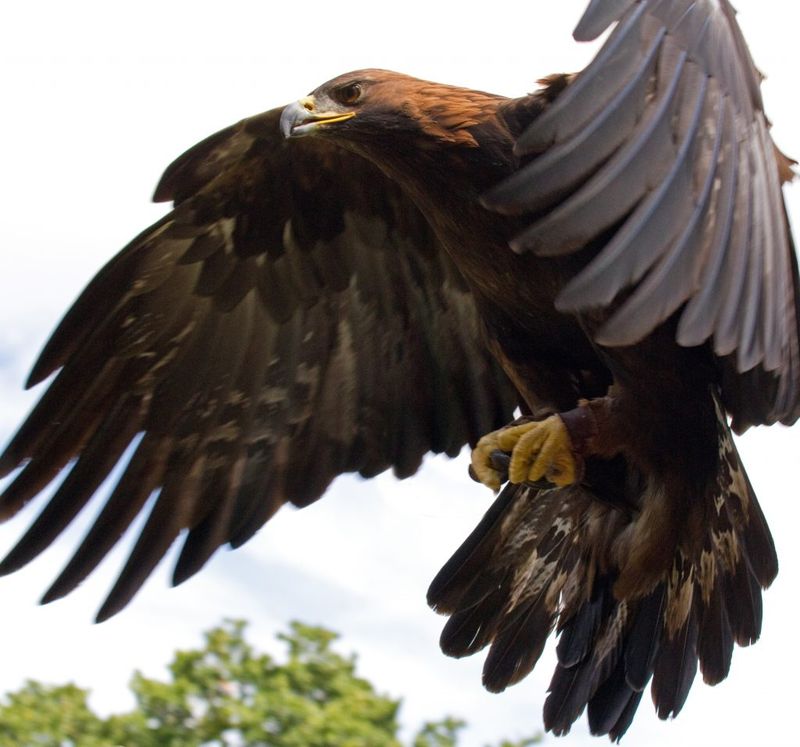
Golden Eagle
The golden eagle, a symbol of power and grace, can be found soaring over the vast expanses of Denali National Park. With its striking plumage and formidable wingspan, it commands the skies with an authority unmatched by other birds of prey.
These eagles are skilled hunters, preying on mammals and birds, and are essential to maintaining the park’s ecological balance. Their keen eyesight allows them to spot prey from great distances.
Observing a golden eagle in flight is a breathtaking experience, capturing the essence of Denali’s wild and rugged beauty.
Bighorn Sheep
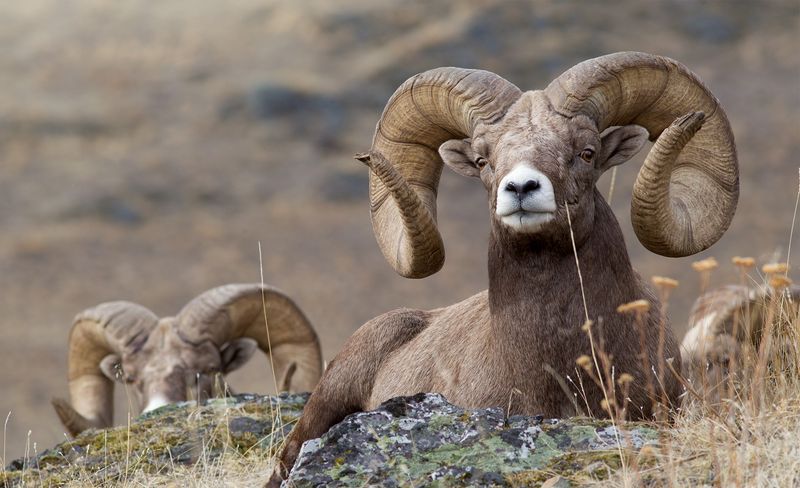
Bighorn Sheep, with their impressive horns and nimble agility, are a remarkable sight in Zion National Park. These resilient animals expertly navigate the park’s rocky cliffs, showcasing their strength and adaptability.
Often seen in herds, bighorn sheep contribute to the park’s dynamic ecosystem by grazing on vegetation and serving as prey for predators. Observing them offers a fascinating glimpse into their social structures and survival strategies.
Zion’s dramatic landscapes provide a stunning backdrop for these iconic animals, enhancing the park’s allure and the importance of conserving its natural wonders.
Brown Pelican
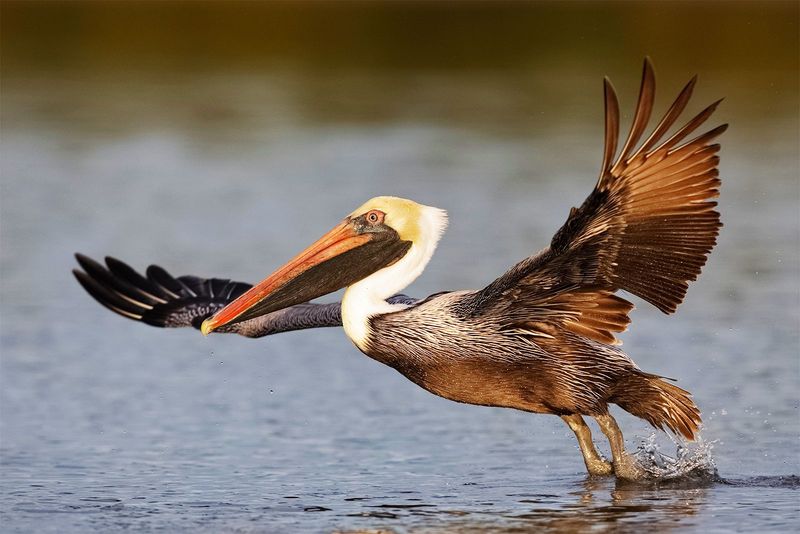
The Brown Pelican, a symbol of coastal wildlife, thrives in the waters surrounding Channel Islands National Park. Known for their distinctive diving technique, these birds plunge into the ocean to catch fish, showcasing their hunting prowess.
Their presence is an indicator of the health of marine ecosystems, as they rely on abundant fish populations. Observing brown pelicans in action is a captivating experience, highlighting the park’s role in marine conservation.
Efforts to protect their habitats have been successful, ensuring these elegant birds continue to grace the skies and seas for generations to come.
Desert Tortoise
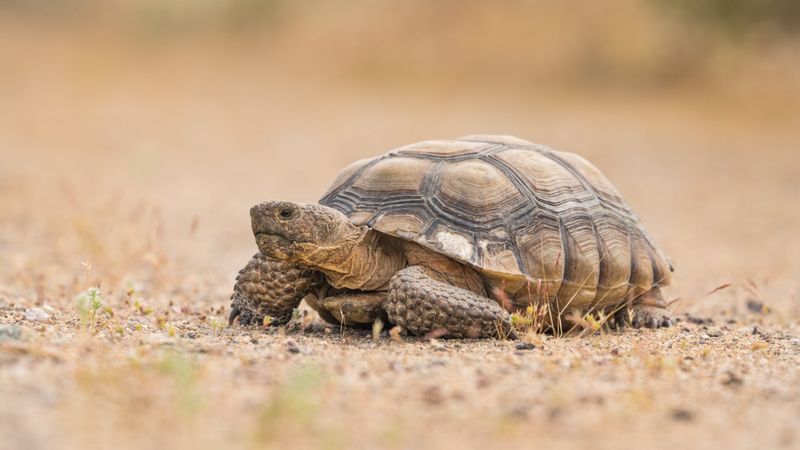
Desert Tortoise
In the arid expanses of Joshua Tree National Park, the desert tortoise thrives against all odds. Known for its resilience and adaptability, the tortoise is a symbol of survival in one of the harshest environments.
These reptiles spend much of their lives in burrows to escape the extreme temperatures and conserve water. They feed on native grasses and plants, playing a significant role in maintaining the park’s ecosystem.
Spotting a desert tortoise offers a unique opportunity to witness the tenacity of life in the desert landscape, a testament to nature’s resilience.

